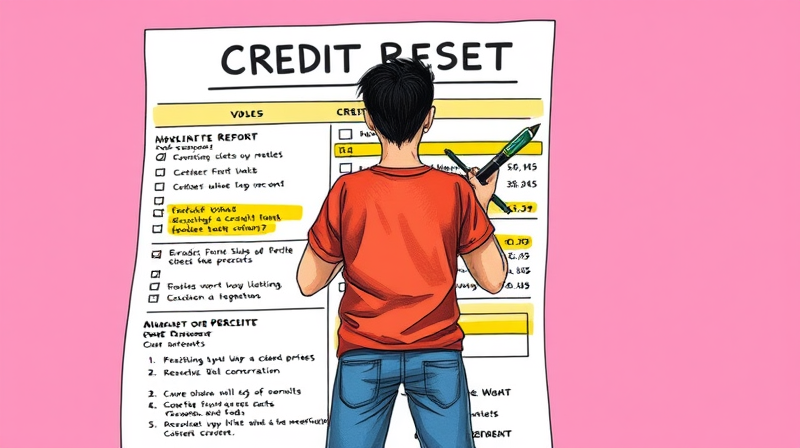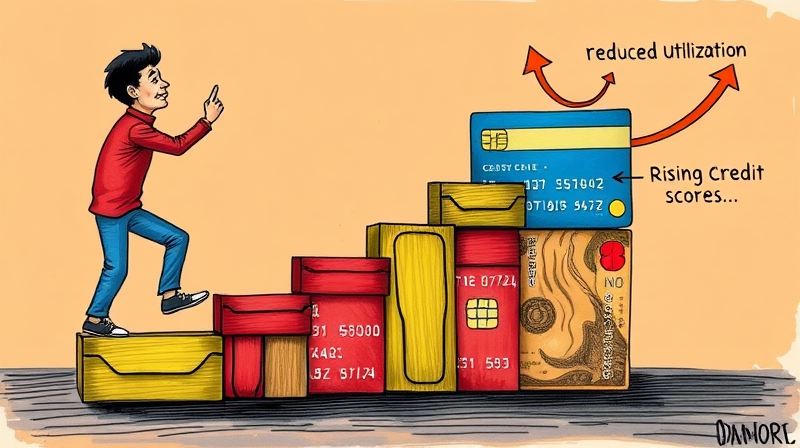
In today’s world, your credit record can be a defining feature of your financial identity, opening doors to opportunities or locking them shut. Errors on credit reports can unfairly hamper your ability to secure loans, mortgages, or even employment. Yet, many consumers remain unaware that they have rights under the Fair Credit Reporting Act and powerful tools at their disposal to challenge inaccuracies. This article will guide you through a structured dispute method, empowering you to reclaim control of your credit narrative.
Arming yourself with knowledge and a clear plan can transform a daunting process into a manageable path toward a healthier credit profile. By following the steps outlined here, you can take decisive action to ensure that your report reflects only correct, complete, and verifiable information, paving the way for a more secure financial future.
The Fair Credit Reporting Act (FCRA) is a federal law designed to protect consumers from incorrect or unverifiable information on their credit files. Under this legislation, you have the right to dispute any entry that is inaccurate, incomplete, or cannot be verified. It covers reports generated by major credit bureaus such as Experian, Equifax, and TransUnion, and imposes specific duties on both the bureaus and the original data furnishers.
When you initiate a dispute, the credit reporting agency must notify the furnisher—the company that provided the information—of your challenge. Both entities are then legally obligated to conduct a thorough investigation, usually within 30 days of receiving your dispute. Should they fail to verify the contested item, they must remove the information from your credit file, as mandated by federal law.
Disputing inaccurate records can seem complex, but breaking it into clear, actionable steps will help you navigate the process with confidence. Here is a reliable roadmap to follow:
This structured approach minimizes the risk of missing critical details and enhances your chances of a successful outcome.
A strong dispute hinges on solid evidence. Without documentation, your claim may be dismissed as unsubstantiated. Focus on gathering precise records that directly contradict the inaccurate listing. Examples include:
Organize your paperwork chronologically or by account, and include a cover sheet that lists each piece of evidence. This clarity can expedite the investigation and prevent misunderstandings.
Understanding deadlines is crucial for holding bureaus and furnishers accountable. Federal law dictates that most investigations must conclude within 30 days. Here is a quick reference:
If any party misses these deadlines, you can request proof of compliance or file a complaint with the Consumer Financial Protection Bureau (CFPB). Staying on top of these dates ensures that your rights are not ignored.
Once your dispute is received, the credit reporting agency will notify the furnisher and forward your evidence. Both sides must then investigate the disputed information, verify or delete the entries, and inform you of the outcome in writing. If the investigation validates your dispute, the bureau must correct or remove the item and send you a free updated credit report. Seeing the changes reflected in your report can be a powerful motivator as you move forward.
Occasionally, disputes are not resolved to your satisfaction. You might receive a letter stating the furnisher verified the information, even though you have evidence to the contrary. In these cases, you have additional options. First, request that the bureau add a dispute statement to your file. This short note—up to 100 words— can be included in future credit reports, alerting lenders to the ongoing dispute. Second, you can ask the bureau to send this statement to any party that has received your report in the past six months. If you still believe the process was mishandled, you can file a complaint with the CFPB, contact your state attorney general’s office, or consider seeking legal counsel to explore your options.
Errors in your dispute can delay or derail the process. Be mindful of these pitfalls:
By avoiding these mistakes and following up with persistence, you increase your likelihood of a favorable resolution.
Successfully removing inaccurate records is more than just a one-time fix—it is an ongoing commitment to monitoring your credit health. Make it a habit to check your credit report at least once a year, or more frequently if you are actively improving your credit score.
Stay informed about changes in consumer protection laws and best practices. Join community forums, subscribe to credit-monitoring alerts, and consider consulting a reputable credit counselor if you need personalized guidance.
Remember, every step you take to challenge errors and maintain accuracy is a step toward greater financial empowerment. Armed with the knowledge of credit reporting agencies and furnishers responsibilities and your own rights, you can transform your credit report from a source of anxiety into a platform for opportunity.
Your journey to accurate, empowering credit information begins today. Take control, dispute the errors, and watch as new possibilities unfold with a cleaner, more precise record reflecting your true financial standing.
References













